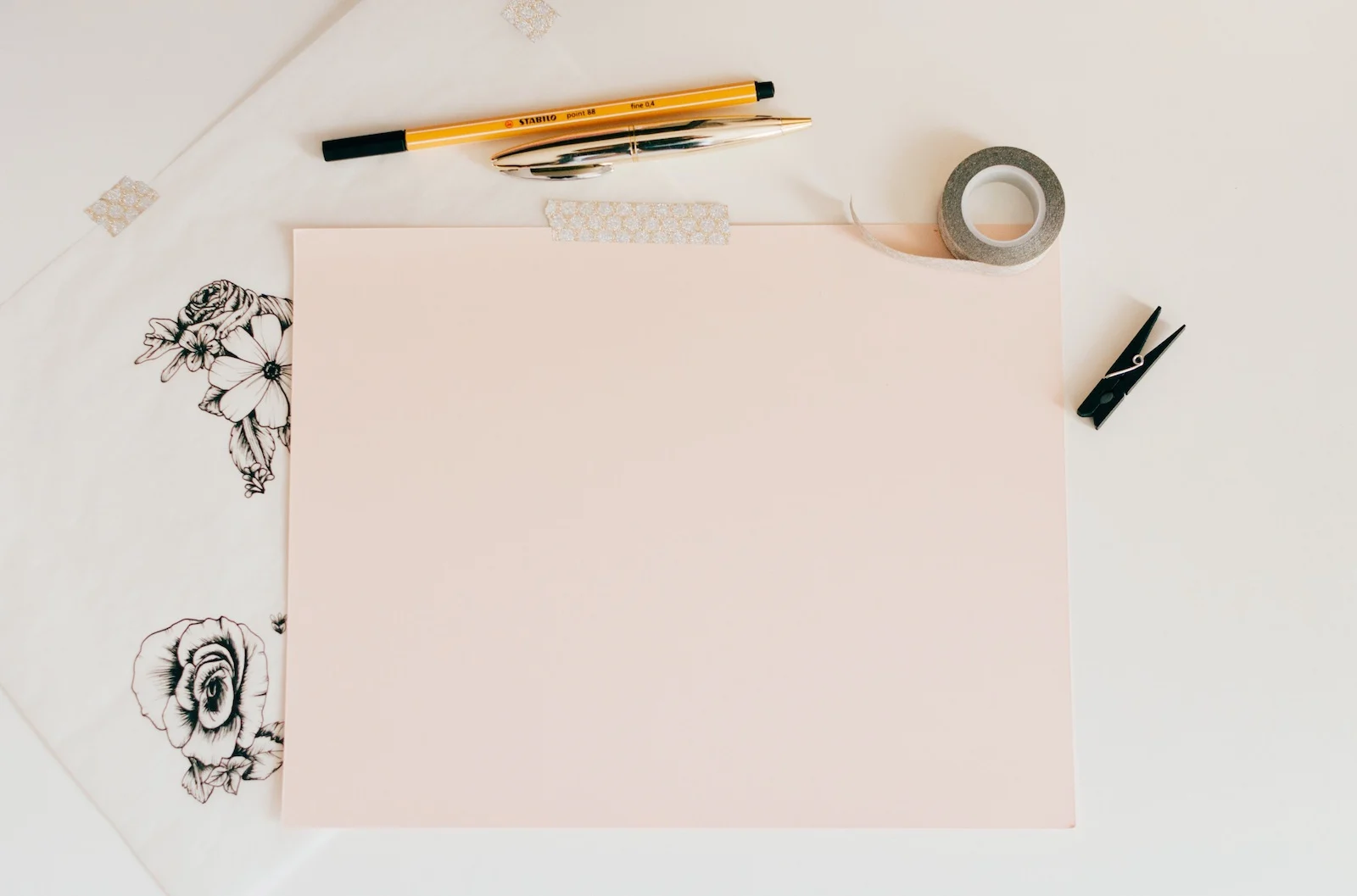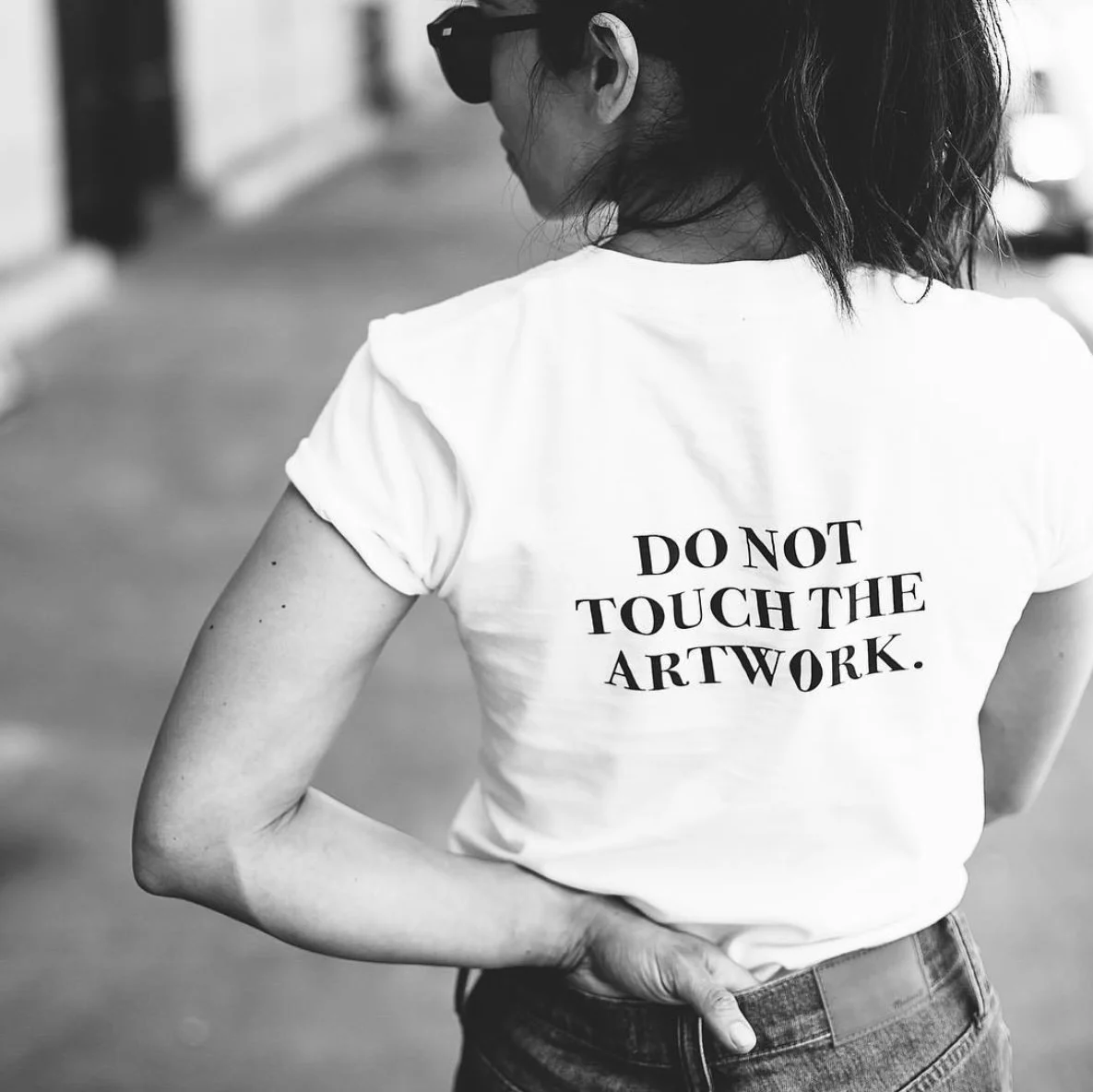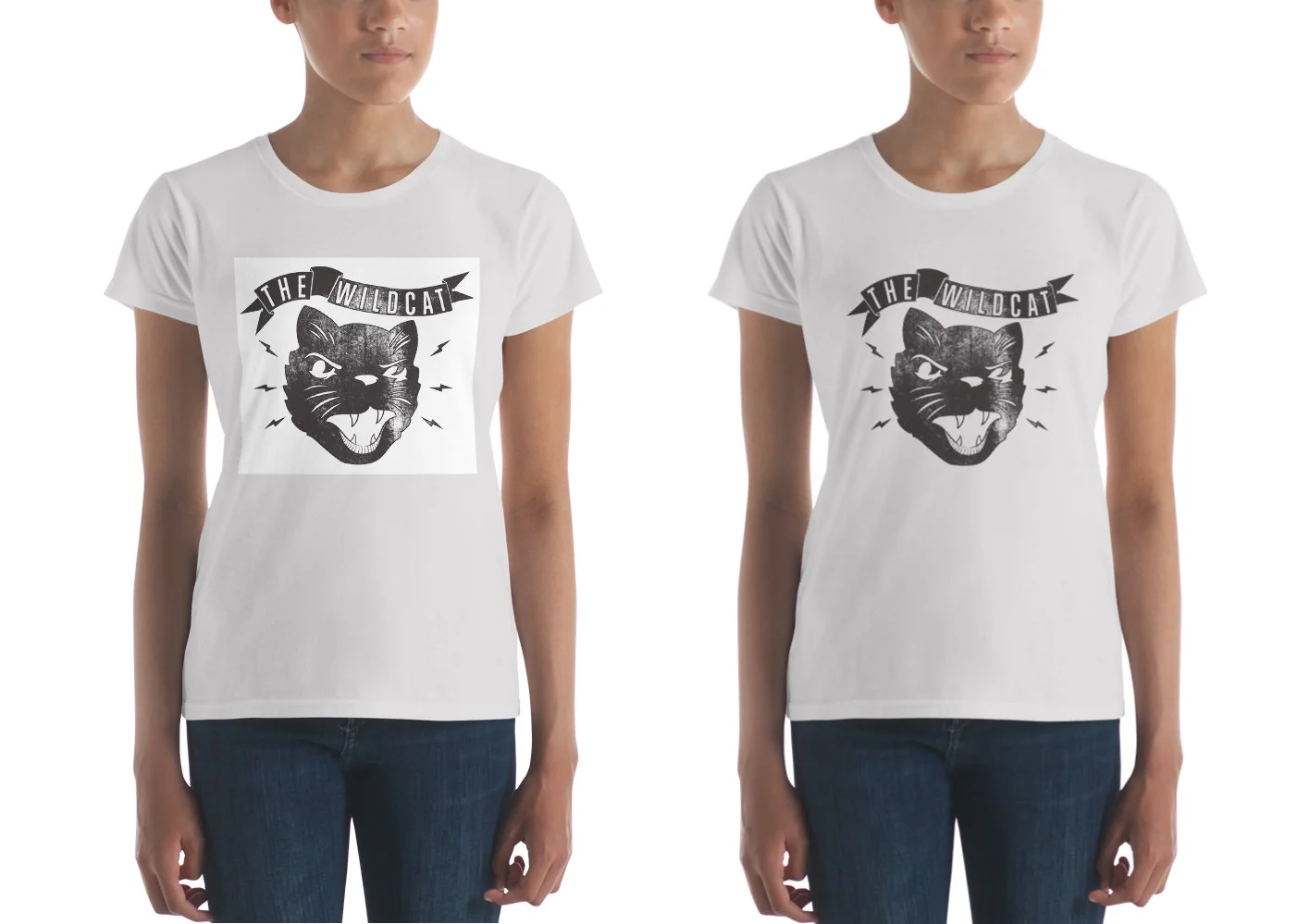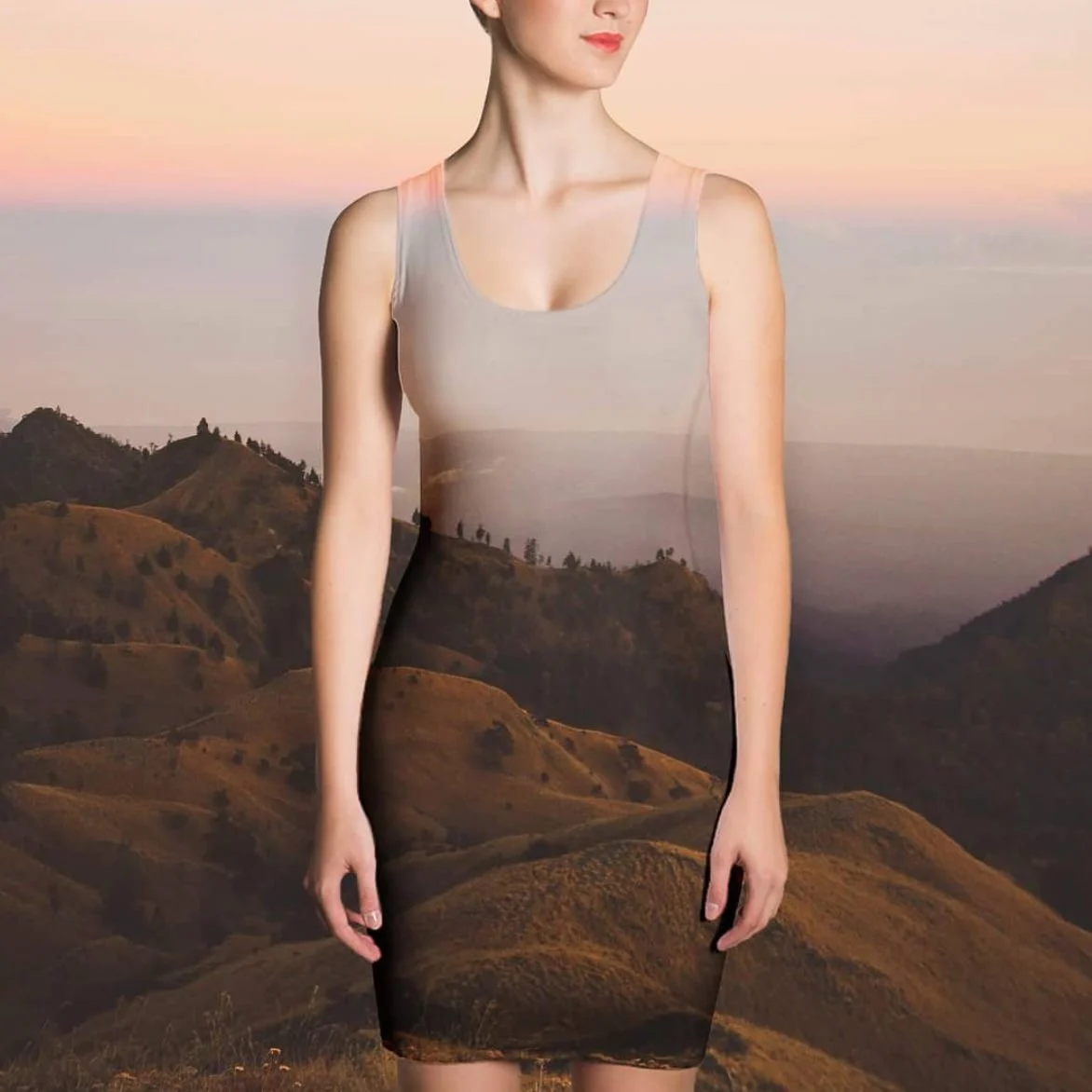Creating Designs for Printed Products
- 14 August 2018
- ByGiedrė Kronberga
- 10 min read

If it's time to add some fresh products to your shop, Printful's Giedrė Kronberga is here to explain how to design for a variety of printed goods and work with a production partner to bring them to life.
You’re creative, there’s no denying that. And what if I told you that you can translate your creative energy into an idea that can eventually generate some extra income?
You can support your creative career by selling a variety of products with your unique designs without having to keep stock and worry about the delivery.
There are many ways to sell your artwork online, and drop shipping printed products is one of the easiest. You can concentrate on your art or other projects while a dropshipper prints and delivers your products to your customers.
But as you can probably guess, before you can start offering printed products on your store, you’ll need to create a design first.
1. Coming up with a design idea for printed products
You don’t have to be a professional to create a design for print products. What you need is a good idea and a story that your future customers won't be able to resist.
In case you’re starting from ground zero and don’t have ideas for your first print, go for minimalist designs or typography. These are not only fairly easy to create, but also popular among online shoppers.

When creating your designs, stick to clear shapes and forms that are easy to recognize or read. You want it to look great both up-close and from a distance. And to get your design just right, create several different variants of it. The same piece might look extra special with a little tweak - a change of color, size, or texture.
Pro-tip: If you decide to have more than one typeface in your design, make sure they have contrasting differences that are complementary, otherwise your design will look messy.
Another thing you can do is use your photographs as print designs. You can even mix and match different elements to create your unique artwork. The stage is yours, so do whatever tickles your fancy.
Last but not least, think of products you’re interested in printing. It’s also important to take into account the product's printing method since it will impact the final look of your design.
2. Turning your design idea into a print file
Whether you want to give your existing piece of art yet another shape, or you're starting with a blank canvas, you’ll have to translate your design into a print file. Here are two ways how you can do it:
Create a print file yourself
The most popular software you can use to create print files hands down is Adobe Photoshop and Adobe Illustrator. However, these are professional tools that come at a cost most design and ecommerce first-timers are not ready to pay. Luckily, there are great free alternatives that offer basic functions needed to create a print file.
Go ahead and have a go on these free, open-source vector graphic editors that are available on Linux, OS X, and Windows:
Ask someone for help
If you don’t feel comfortable creating a print file yourself, hand this task over to a professional. In fact, you can hire a freelancer in a matter of few clicks through Printful design services or search for designers in your local community.
3. Keeping the technical requirements in mind
Whether you’re creating a print file yourself or someone else is doing it for you, go the extra mile to ensure your designs are print-ready. You can't put your design in a print file and expect it'll come out perfectly on the product.
Follow basic graphics requirements
It’s no secret that the quality of your product depends on the print file you submit to the printing service of your choice. To make your designs look the best they can, carefully follow basic graphics requirements such as:
Maximum size of the product's print area
File resolution recommendations
Accepted print file formats (png, eps, or others)
Use transparent backgrounds
Avoid using background unless it’s a part of your design. Even if a product you want to print on is the same color as the background of your design, it might not look as sharp once printed.

Printed design with a background (left) and without (right)
Let me explain this better. Let’s say you decided to print a design with a white background on a white/light-colored garment. It’s likely that the shades of white of the printed design and the garment won’t match, which can make your final product look odd.
Know when to use semi-transparent elements
While you’re working on your designs, keep in mind that what you see on a computer screen might not always turn out the way you expect in real life. This scenario is especially common in designs that contain semi-transparent elements as they don’t tend to print well. So do your homework and carefully read the print file guidelines of each product you want to add to your store.
4. Finding the right print product for your design
If you’ve decided to add print products to your store, you should know that there are a few standout items that tend to sell better than others. Those are t-shirts, hoodies, hats, mugs, and phone cases.
However, product popularity isn’t the only thing you should pay attention to. New additions to the store should complement the existing product offering. It wouldn’t make sense to introduce phone cases to the store that sells ceramic kitchenware. Aprons, on the other hand, would make a great fit!
When choosing products for your designs, also think about what the print's going to be, and whether or not it will look good on that specific product. For example, patterns look good as all-over prints and photographs work well as posters.

But let’s be honest, while it’s possible to foresee what types of design will work better on what products, your predictions might still not match the actual needs of your audience. Ideally, you want your customers to decide what products are most attractive to them. And by partnering up with a print-on-demand drop shipper you can do that without losing any money.
It’s simple. Since all of your products are printed only when the order comes in, you don’t have to worry about bulk up-front printing and storage cost. You have more freedom to introduce new products, or discontinue those that are not selling.
5. Introducing printed products to your existing store
You’ve worked hard creating a design, choosing the right product, and making sure the end result turns out the way you intended. It comes as no surprise that you wish the new product to be loved by your customers.. But how do you prepare your new creation for a successful takeoff?
Pro-tip: To be sure about the quality of your new product, order a sample before introducing it to your store. Most printers offer samples a discounted price.
Have a cohesive product look
When adding a product to your store, you want it to tie in with the rest of the items that you sell. This makes your store look professional and trustworthy, and the new product look more attractive.
For example, you want the photos of your new product to match the style of your existing listings. The same applies when writing product names and descriptions, crafting marketing campaigns or ads - you want all of it to be done in one style that represents your brand.
More on creating a product line that all makes sense:
Now, don’t confuse a cohesive product look with boring marketing copy. The key here is to stay true to your brand style with original promo ideas that create buzz around your new product.
Update existing store policies
Another, less exciting, yet very important thing you need to take care of is updating existing store policies. In case you use a drop shipper, you’ll need to think about:
How will your handmade products' delivery and return policy differ from printed products?
How are you going to adjust printed product packaging to keep everything on-brand?
Do you want to disclose that you outsource your printed products?
Time to start working on your designs
When creating your designs, remember to keep the product and printing method in mind. Follow print file guidelines and know that what you see on your computer screen won't always translate on a physical product.
If you have an idea for a design that could look great on printed products, go for it. Starting is the hardest part, but with these tips in mind, you won’t have to sweat the small stuff to introduce print products to your store.
Printful is ideal for artists - they offer some handy features like pack-ins, discounted samples, a large product selection, and more. They’re also the only drop shipper that doesn’t outsource their printing - they control everything from A to Z.
14 August 2018
Words by:Giedrė Kronberga
Tags
- Share